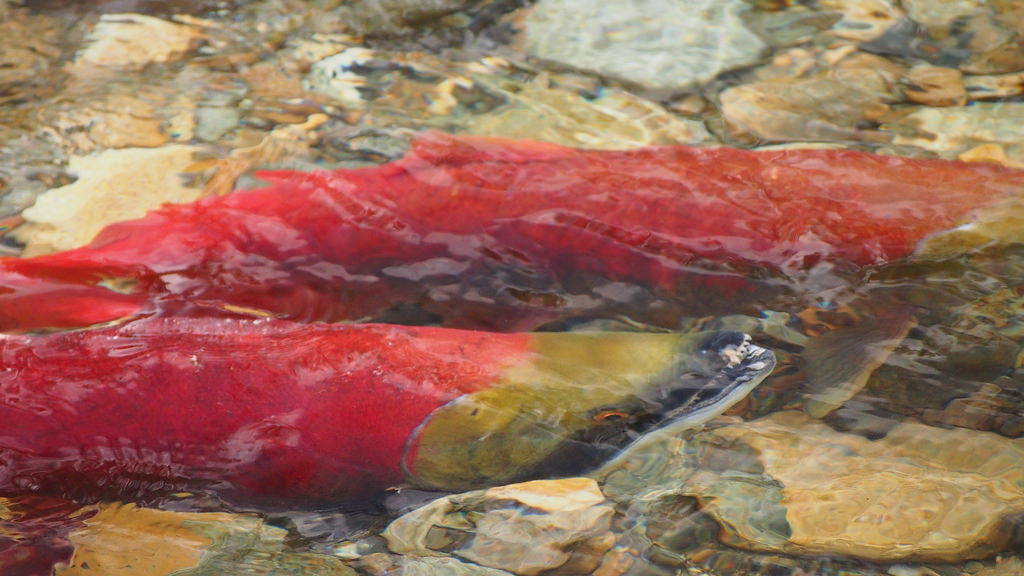Could evolution rescue some BC salmon from climate change?
July 26, 2017

July 26, 2017

UBC zoologists are set to investigate whether salmon populations are undergoing genetic adaptation to environmental changes—a so-called ‘evolutionary rescue’. The Genome BC-funded research could help predict the fate of salmon species under alternative climate scenarios.
Wild Chinook salmon play a significant role in commercial, recreational and First Nations harvests. These harvests, however, have been decreasing due to warming waters and shifting population ranges—both results of climate change. Since the 1990s, declines in Pacific salmon populations has led to a reduction the total value of the commercial catch in BC from $263M to $24M.
With climate change, salmon are becoming mismatched to their existing environment. Management and industry need to adapt as it is expected that the abundant genotypes of the future will not be those most prevalent in BC today. There is a pressing need to identify what genes will help salmon adapt to climate change.
“The idea is to hunt for adaptive genetic variation in an important fish with the help of a convenient model fish, in this case threespine stickleback,” says University of British Columbia evolutionary biologist Dolph Schluter.
“The two species have the same genes and the same long north-south distribution along the west coast, so we plan to compare changes in their genomes across latitudes.”
The team will use genomic tools and analysis of the stickleback to develop an inventory of adaptive genetic variation in wild Chinook salmon. This work will establish a much-needed baseline for tracking past and future genetic changes in Chinook salmon and other salmonid species. Their findings will be disseminated to end users and the data will be shared publically.
“This atlas has great potential to aid genome-assisted improvement of salmon strains in BC and is the first instance using this adaptive genetic approach,” says Catalina Lopez-Correa, Chief Scientific Officer and Vice President, Sectors at Genome BC.
“This investment will be extremely useful to commercial salmon producers to improve brood stocks and the baseline data will provide the foundation for future research and monitoring. It will also highlight the role genomics has in understanding how species adapt to a changing climate."
We honour xwməθkwəy̓ əm (Musqueam) on whose ancestral, unceded territory UBC Vancouver is situated. UBC Science is committed to building meaningful relationships with Indigenous peoples so we can advance Reconciliation and ensure traditional ways of knowing enrich our teaching and research.
Learn more: Musqueam First Nation